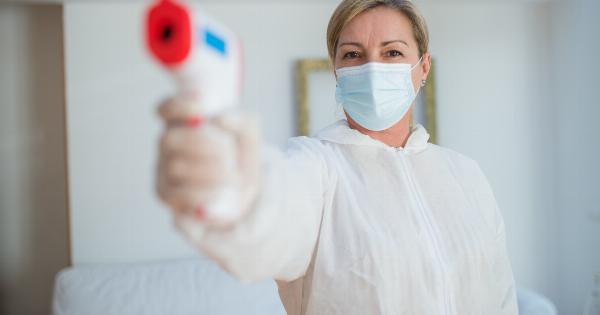Welcome to the comprehensive guide to safe sex! In this article, we will cover everything you need to know about practicing safe sex, including methods of contraception, protecting against sexually transmitted infections (STIs), and the importance of open communication with your partner. Whether you are embarking on a new sexual relationship or looking to refresh your knowledge, this guide will provide you with all the information you need to make informed decisions and prioritize your sexual health.
1. Contraception Methods
The first step in practicing safe sex is choosing the right contraception method for you and your partner. Here are some commonly used methods:.
a. Condoms: Condoms are one of the most effective methods of contraception. They create a barrier that prevents the exchange of bodily fluids, reducing the risk of both unwanted pregnancy and STIs.
b. Birth Control Pills: Birth control pills contain hormones that prevent ovulation and thicken the cervical mucus, making it difficult for sperm to reach the egg. It is important to take them consistently and as prescribed.
c. Intrauterine Devices (IUDs): IUDs are small, T-shaped devices that are inserted into the uterus by a healthcare professional. They can be hormone-releasing or copper-based and provide long-term contraception.
2. Protecting Against STIs
Aside from contraception, it is essential to protect yourself and your partner against STIs. Here are some strategies to consider:.
a. Regular Testing: Both partners should undergo regular STI testing, especially if they have multiple sexual partners or engage in high-risk activities. This helps detect and treat any infections promptly.
b. Vaccinations: Some STIs, such as HPV and hepatitis B, can be prevented through vaccinations. Consult with your healthcare provider to determine if you should receive any vaccinations.
c. Limiting Number of Sexual Partners: Reducing the number of sexual partners can lower the risk of contracting an STI.
Additionally, knowing your partner’s sexual history and encouraging open communication can help create a safer sexual environment.
3. Open Communication
Ensuring open communication with your partner is an integral part of safe sex practices. Here’s why it matters:.
a. Consent: Prioritize obtaining clear and enthusiastic consent from your partner before engaging in any sexual activities. Communication about boundaries and desires is crucial for both parties to feel respected and safe.
b. Sharing STI Status: Both partners should disclose their STI status before engaging in sexual activities. This information allows for informed decision-making and the appropriate use of protective measures.
4. Other Considerations
In addition to the above, it is important to keep the following factors in mind:.
a. Lubrication: Using water- or silicone-based lubricants can reduce the risk of condom breakage, increasing overall protection during sexual intercourse.
b. Emergency Contraception: In cases of contraceptive failure or unprotected sex, emergency contraception can help prevent unwanted pregnancies. Consult with a healthcare professional as soon as possible for guidance.
c. Regular Check-ups: Schedule regular gynecological or urological check-ups to monitor your sexual health and address any concerns or questions you may have.
Conclusion
Practicing safe sex is of the utmost importance to protect not only yourself but also your sexual partners.
By choosing the right contraception method, protecting against STIs, fostering open communication, and considering other relevant factors, you can enjoy a healthy and pleasurable sex life while minimizing potential risks. Remember, prioritizing safe sex is an ongoing commitment, and staying informed about evolving information is key to maintaining your sexual well-being.



























